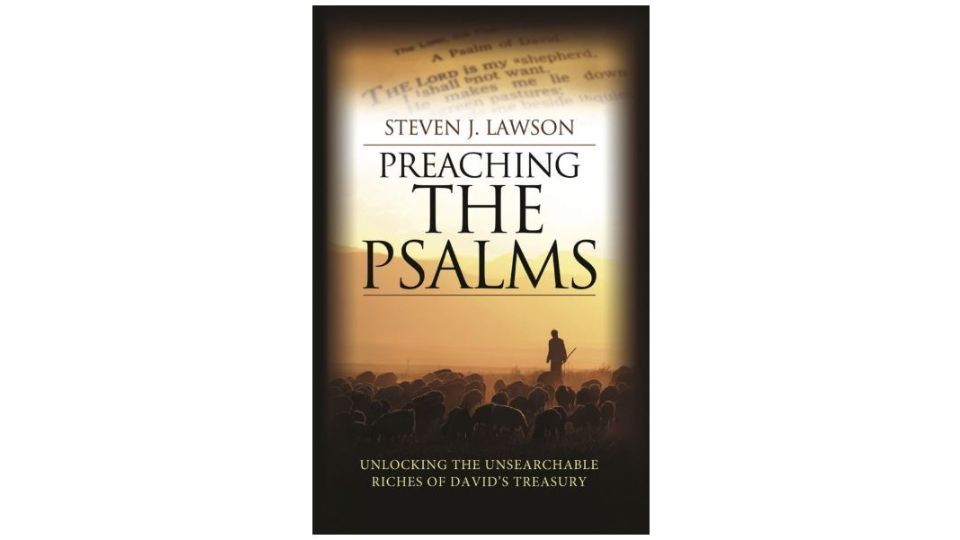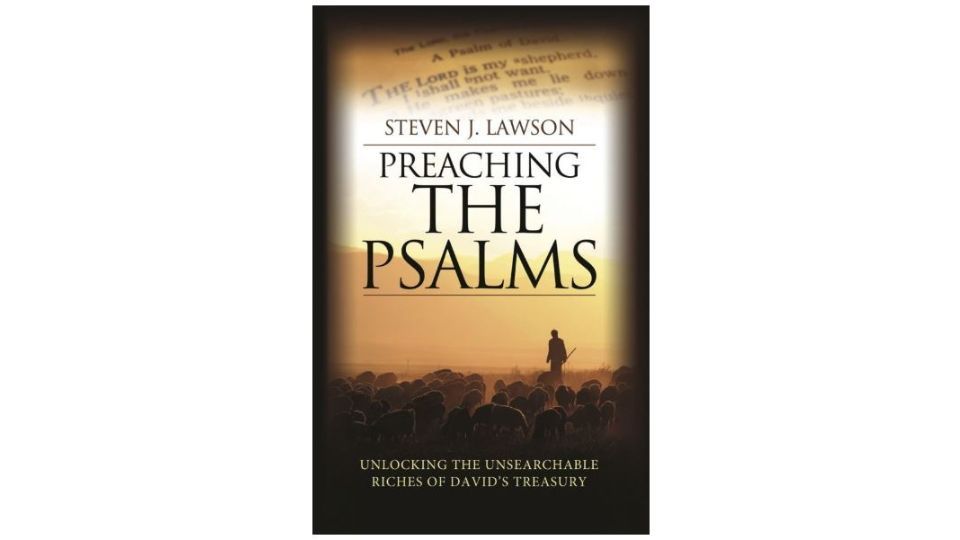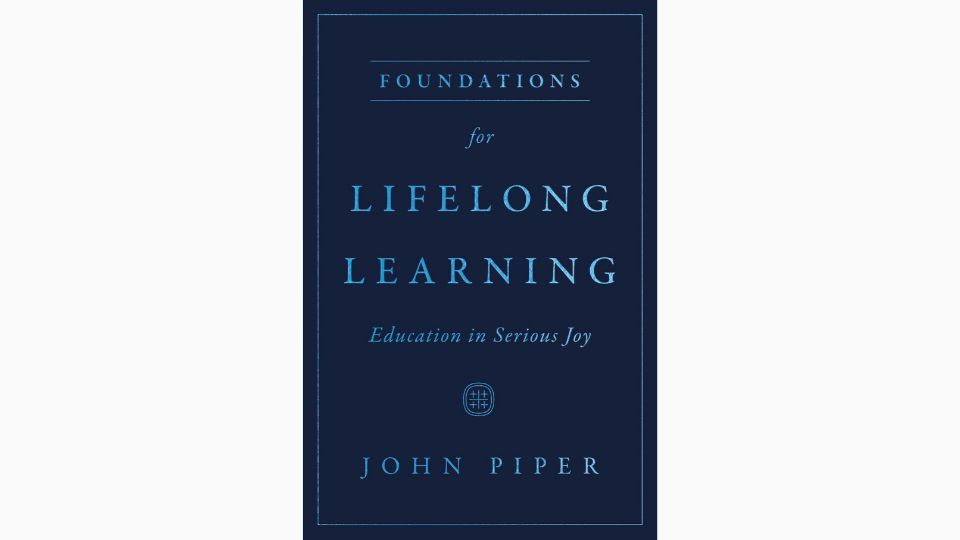Preaching the Psalms
Preaching the Psalms is a comprehensive manual that guides pastors through the detailed steps of exegesis and exposition of this unique book.

Preaching the Psalms is a 383 page book written by Steven J. Lawson and published by Evangelical Press in 2012.
Steven Lawson has served as a pastor for over 40 years in Arkansas and Alabama and is currently the lead preacher at Trinity Bible Church of Dallas. He is a graduate of Texas Tech University (BBA), Dallas Theological Seminary (ThM), and Reformed Theological Seminary (DMin).
1. Purpose of Preaching the Psalms
Steven Lawson had originally taught this material in a class called Expository Preaching of the Psalms at the Master's Seminary back in 2004. After teaching the material again in Russia, Lawson has compiled this information in book form. The purpose of the book is to provide a comprehensive manual for preaching the Psalms.
2. Content of Preaching the Psalms
The book is organized into five units.
Unit 1: The Preparation Phase
The first step the preacher should take when preaching the Psalms is his spiritual preparation. The preacher "must be converted, called, consecreated, and consumed with Scripture. (34) He must understand the task of expository preaching which assumes the inspiration, inerrancy, authority, and sufficiency of Scripture. He must commit to preaching that is God-exalting, Christ-centered, and Spirit-filled.
The preacher must acquire the necessary Bible study tools which may include study Bibles, Old Testament surveys and introductions, commentaries, and Hebrew languages tools. Dictionaries and references on historical and cultural background and Bible atlases will assist in background study. Homilectical helps like quotation and illustration collections are also reviewed.
Unit 2: The Exploration Phase
This unit covers the initial exploration of the book of Psalms. The preacher must be acquianted with a general understanding of Psalms which was written by multiple human authors spanning 1,000 years. It is a set of five smaller books which are extensively cited and quoted in the New Testament. Because it is the largest book of the Bible (150 chapters), the preacher must be selective in choosing how he will approach the task of preaching through the Psalms.
There are at least ten literary types (categories) of Psalms: individual lament, community lament, individual thanksgiving, community thanksgiving, general praise, descriptive praise, enthronement, pilgrimage, royal, imprecatory, wisdom, and didactic. (101)
Careful reading and observation of the Psalm involves a number of steps. It includes identifying the significance of the title of the Psalm if one is present. In involves identifying and studying the key people (speakers and recipients). An appreciation of the historical context, authorial intent/motivation, and central theme (idea) should be gleaned.
Unit 3: The Interpretation Phase
This unit reviews the steps involved in the exegetical study of the Psalms. Lawson begins with a summary of the basic hermeneutical principles of a literal, historical, grammatical method that should govern one's interpretation of the Psalms. After establishing the text using sound textual criticism, a methodology of Hebrew word study is given.
Hebrew parallelism, basic Hebrew syntax (parts of speech, phrases, and clauses), and the significance of strophes and stanzas are reviewed. Lawson walks the reader through a method to examine the historical background, geography, and cultural background. This is followed by a review of the various figures of speech that is found when reading and studying Psalms.
Unit 4: The Assimilation Phase
This unit covers the steps transitioning from exegesis to exposition. It starts with looking at the rest of the Bible and applying the interpretive principle of analogia scriptura. The first step in preparing the sermon manuscript is crafting a clear sermon outline. Once the outline is created, the preacher will fill each point with the fruits of his exegetical findings.
It is critical to include practical applications after each point and at the conclusion of the sermon. Once the body of the sermon is completed, it is important to write a good introduction that captures interest, conveys importance, and reveals direction. Finally, a compelling conclusion should be drafted that gives a call to action to believers and unbelievers.
Unit 5: The Proclamation Phase
Once the draft of the sermon manuscript is completed, the preacher must evaluate and review the draft in prayerful contemplation. Besides reviewing its length, clarity, and quality, he should internalize the Biblical text and the contents of his sermon.
The sermon is not complete until it is delivered. It should be preached in humility with full dependency on God's Spirit. It should be delivered with clarity, authority, and passion. And it should be preached resting on one's own unique personality for God's glory alone.
3. Commentary of Preaching the Psalms
Unit 1 is primarily helpful for younger preachers. This content for the preparation of the preacher should already be acquired by preaching pastors. For pastors who are not as familiar with the mechanics of "expository preaching," chapter two will be informative.
Unit 2 is where the meat of the book begin. The chapters on the overview of the book of Psalms (chapter 4) and the literary types of Psalms (chapters 6–7) contain material found in most Old Testament introductions and surveys, but Lawson explains why it is relevant and important to the preacher as he decides how to approach the selection of Psalms to preach (chapter 5).
Unit 3 is a comprehensive but concise review on the steps of Bible exegesis specifically applied to the Psalms. The chapters on Hebrew parallelism (chapter 12) and figures of speech (chapter 17) were particularly noteworthy and foundational for any exposition of the Psalms.
Unit 4 and 5 provide a general set of homilectical recommendations and suggestions that can be applied to any sermon and likely more helpful for pastors newer to expository preaching.
Overall, I found units two and three to be the most valuable part of this resource, while the rest of the book truly rounds out this book as a truly comprehensive manual for preaching the Psalms.
4. Comparison Analysis
Another helpful guide for pastors who want to preaching through the Psalms is Teaching Psalms by Christopher Ash. This two volume resource does not cover the mechanics of Bible exegesis and exposition like Lawson's book, but it does cover the content and gives more suggestions on how to select and approach the preaching of selective Psalms.
Steven Lawson also has a two volume expositionary commentary on Psalms which is a terrific compliment to this book.
5. Final Thoughts on Preaching the Psalms
Steven Lawson has succeeded admirably in writing a comprehensive manual on the preaching of the Psalms. I recommend this book to any pastor who is preaching the Psalms for the first time. I also recommend this book for younger pastors who are desiring to hone their skills in expository preaching since many of the principles laid out in this book will apply to preaching the Old Testament.





Comments ()